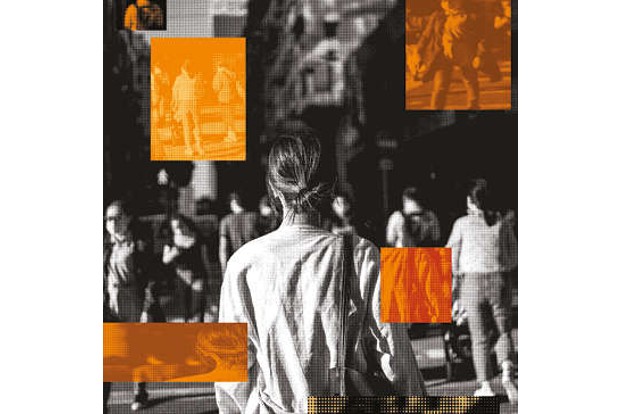Begin typing your search...
A ‘techtonic’ shift called simulated reality
Imagine that when your great-grandparents were teenagers, they got their hands on a groundbreaking new gadget, the world’s first fully immersive virtual-reality entertainment system.

New York
Imagine that when your great-grandparents were teenagers, they got their hands on a groundbreaking new gadget, the world’s first fully immersive virtual-reality entertainment system. These weren’t those silly goggles you see everywhere now. This device was more Matrix-y — a stylish headband stuffed with electrodes that somehow tapped directly into the human brain’s perceptual system, replacing whatever a wearer saw, heard, felt, smelled and even tasted with new sensations ginned up by a machine.
The device was a blockbuster; magic headbands soon became an inescapable fact of people’s daily lives. Your great-grandparents, in fact, met each other in Headbandland, and their children, your grandparents, rarely encountered the world outside it. Later generations — your parents, you — never did.
Everything you have ever known, the entire universe you call reality, has been fed to you by a machine.
This, anyway, is the sort of out-there scenario I keep thinking about as I ponder the simulation hypothesis — the idea, lately much discussed among technologists and philosophers, that the world around us could be a digital figment, something like the simulated world of a video game.
The idea is not new. Exploring the underlying nature of reality has been an obsession of philosophers since the time of Socrates and Plato. Ever since “The Matrix,” such notions have become a staple of pop culture, too. But until recently the simulation hypothesis had been a matter for academics. Why should we even consider that technology could create simulations indistinguishable from reality? And even if such a thing were possible, what difference would knowledge of the simulation make to any of us stuck in the here and now, where reality feels all too tragically real? For these reasons, I’ve sat out many of the debates about the simulation hypothesis that have been bubbling through tech communities since the early 2000s, when Nick Bostrom, a philosopher at Oxford, floated the idea in a widely cited essay.
But a brain-bending new book by the philosopher David Chalmers — “Reality+: Virtual Worlds and the Problems of Philosophy” — has turned me into a hard-core simulationist. After reading and talking to Chalmers, I’ve come to believe that the coming world of VR might one day be regarded as every bit as real as real reality. If that happens, our current reality will instantly be cast into doubt; after all, if we could invent meaningful virtual worlds, isn’t it plausible that some other civilisation somewhere else in the universe might have done so, too? Yet if that’s possible, how could we know that we’re not already in its simulation?
The conclusion seems inescapable: We may not be able to prove that we are in a simulation, but at the very least, it will be a possibility that we can’t rule out. But it could be more than that. Chalmers argues that if we’re in a simulation, there’d be no reason to think it’s the only simulation; in the same way that lots of different computers today are running Microsoft Excel, lots of different machines might be running an instance of the simulation. If that was the case, simulated worlds would vastly outnumber non-sim worlds. We should start thinking seriously about the possible effects of virtual worlds now, long before they become too real for comfort.
Manjoo is a columnist with NYT©2022
The New York Times
Visit news.dtnext.in to explore our interactive epaper!
Download the DT Next app for more exciting features!
Click here for iOS
Click here for Android
Next Story



